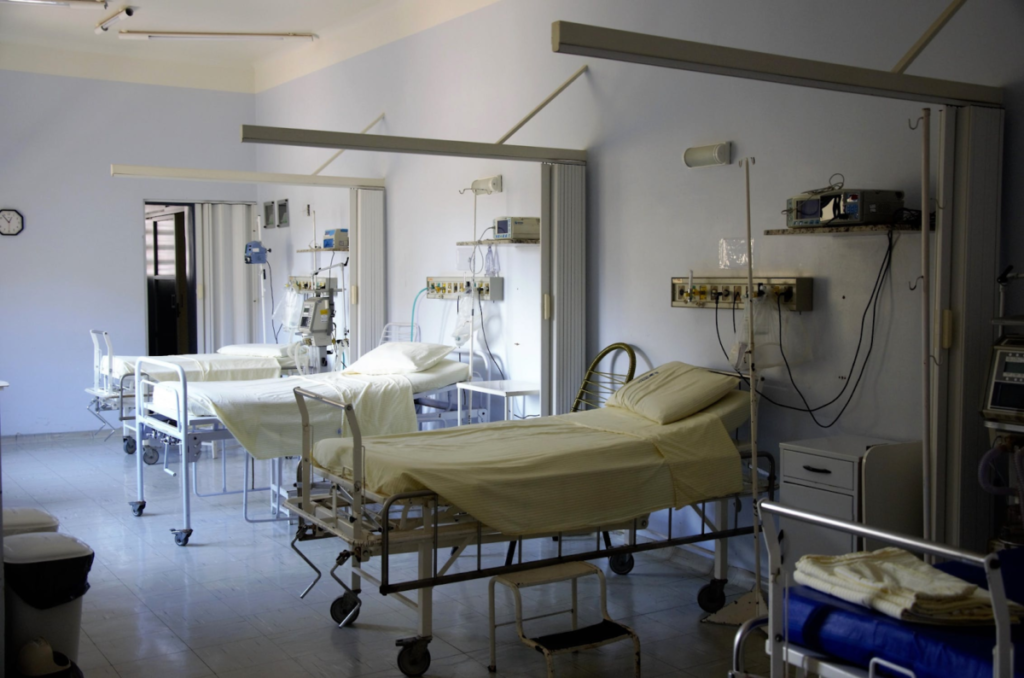Pressure cushions are a popular solution for people who spend long hours sitting at home or work. These cushions have been designed to provide support and comfort for your backside, relieving pressure points and reducing the risk of developing sores. However, as much as these cushions can improve your sitting experience, they can also cause more harm than good when not used correctly. This post will discuss common mistakes made when using pressure cushions and how to avoid them.
Not choosing the right type of pressure cushion for bed sores
An improperly selected pressure cushion can have many harmful consequences, as follows:
- It can cause discomfort and poor postural support, increasing the risk of skin breakdown due to friction or shear forces.
- It can also lead to increased soft tissue compression, reducing the amount of oxygen reaching these tissues and resulting in discomfort, pain, and even ulceration.
- Improperly selecting a pressure cushion for bed sores can have long-term health implications. It can further place the patient at risk for injury due to a lack of proper support and protection.
- Poorly selected pressure cushion surfaces can lead to immobility and misalignment, which can cause skin breakdown due to overheating and friction.
Improper positioning of the cushion
The patient must ensure the pressure cushion is appropriately fitted and positioned for maximum comfort and safety. When the pressure cushion is not set correctly, it can increase the contact pressure between soft tissues and bony prominences, impairing blood flow, tissue congestion, and ischemic changes. This can lead to several health complications, such as skin breakdown, increased risk of ulcer formation, pain, and even systemic infection due to prolonged time on a poorly fitting cushion.
Not maintaining the pressure cushion to the mark
Maintenance of wedge pillows for bed is essential to providing optimal comfort and support for the patient. Improper care can lead to decreased circulation, increased skin breakdown, and discomfort due to increased pressure build-up. It is vital that cushions are immobilized correctly and that any visible signs of wear or damage are addressed promptly. Without proper maintenance, the patient risks developing medical complications such as pain and poor hygiene habits due to prolonged pressure contact with the skin.
Additionally, inadequate cleaning of the foam or materials used in wedge pillows can result in contamination from dust and bacteria, which can carry potential health risks.
Failed postural support
The improper postural support of the pressure cushion can lead to severe physical and psychological harm for the patient due to extended periods of sitting in uncomfortable positions. This is particularly true for patients recovering from an injury or surgery, who may experience prolonged pain, numbness, restricted movement, and difficulty using the damaged limb or area. In long-term cases, this can also lead to muscle atrophy and secondary problems related to poor posture. To ensure their health and safety, patients must follow their doctor’s advice on proper posture and use the appropriate pressure cushion with adequate support.

Not using the pressure cushion as directed
Not using the pressure cushion as directed could cause serious health risks to the patient. It could lead to an increase in pain and discomfort and an increased risk of developing medical conditions such as pressure sores or ulcers. Due to the increased misery, the patient could also find it more challenging to move around and perform everyday activities. Therefore, the patient must use the cushion correctly and follow the doctor’s instructions.
Don’t use the pressure cushion for long hours
Suppose a patient is using the pressure cushion for too long in duration. In that case, they may experience skin complications or pressure sores. It is important to regularly adjust and alternate between pressure points by repositioning the patient to avoid long-term damage. Additionally, when using a pressure cushion, discussing any adverse effects with your doctor or caretaker as soon as possible is essential.
Placed on an uncomfortable chair
Pressure cushion seating is designed to provide comfort and support. Still, if it is placed on an unsuitable chair, the cushion won’t be able to do its job correctly. As a result, the patient’s pressure points will remain unsupported and cause discomfort. Sometimes, this can lead to pressure sores that worsen over time without proper treatment. Therefore, patients and caretakers need to ensure that the correct pressure cushion is used on the right chair to prevent unnecessary losses and suffering.
Final Takeaway
Pressure cushions are invaluable for anyone looking to reduce the risk of pressure ulcers and maintain a healthy lifestyle. However, ensuring they are used correctly is crucial to be effective. Always ensure you understand the instructions before using any cushioning product! Avoiding common mistakes can increase your chances of adequately managing any underlying risks associated with pressure sores.
